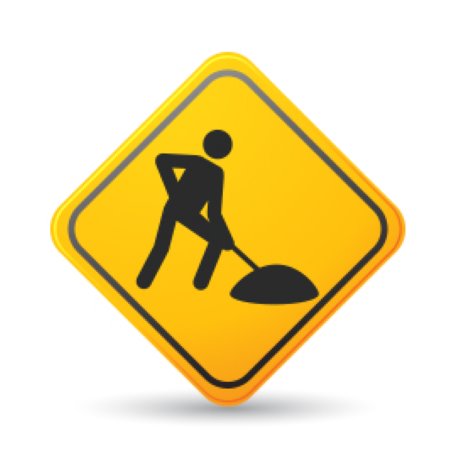Construction activity in Ontario has generated enough excess soil in just one year to fill 16 Rogers Centres.
While that statistic may be staggering, it’s important to measure not only the quantity but the quality of those soils so that effective management tools can be put in place, states a recent report issued by the Residential and Civil Construction Alliance of Ontario (RCCAO).
The report, 2017 Update: Quantification of Excess Construction Soils in Ontario, is an update of a 2012 report on the same subject that was commissioned, in part, due to a request from the Ministry of the Environment and Climate Change (MOECC).
Report author Frank Zechner, a Toronto-based environmental lawyer, estimates 25.8 million cubic metres of excess construction soil was produced in 2015 from municipal infrastructure, residential and ICI projects. That figure is up from the 2012 report, which provided a range of 20 to 24.4 million cubic metres of construction fill generated. He said the numbers will continue to rise with governments expected to make more investments in infrastructure in the coming years.
The MOECC released its Excess Soil Management Policy Framework in December 2016 and the RCCAO decided it was time to update the excess soil numbers. The 2012 study provided estimates for different construction sectors from 2008 to 2010 and the intent for the recent study was to do the same, but data sets formerly provided by Statistics Canada are no longer available, the report states. Therefore Zechner had to rely on other data to fill in the gaps.
Andy Manahan
RCCAO
"It would be a lot more precise if some government agency was collecting that information," said Zechner, adding the lack of information from Statistics Canada has "reduced the reliability of some of the data in the report to estimate excess construction fill" and the 25.8 million cubic metres figure is "likely understated."
"You’re trying to develop policies and manage what you perceive to be an issue and so you need two measurements — you need quality and you need quantity. Even if we know that there are 25.8 million cubic metres of excess soils, is it contaminated? We don’t know and that would be the other half of the equation," he said.
The average dump truck carries about 10 cubic metres of soil, so if the volume of the Rogers Centre is 1.6 million, that means it would take 160,000 dump trucks to fill it up, then multiply that 16 times, explained Zechner.
The cost of excess soils is also adding up for many contactors as well.
"We did other studies for the RCCAO a number of years ago and the capital cost for management of excess soils can be more than 10 per cent of capital costs of the project," said Zechner.
"It’s an environmental concern as to where the soil goes. Landfills are expensive and there is a limited capacity to take soil, so sending 25 million cubic metres to landfill is not necessarily an answer."
The answer, he said, is more tolerance in terms of where the soil can go.
"Right now you’ve got a lot of municipalities saying ‘no soils being imported into our region’ and that’s because some systems have been abused," Zechner explained. "You’ve got some people hauling soils from industrial lands that are being redeveloped into condos and who knows what’s in that and they put that on a farmer’s field…not a good idea."
The focus now is to try to get a handle on what the quality of the soil is and then passing appropriate policies and regulations so that relatively clean soils can be put into places where it can be beneficially used such as parks, golf courses, ski hills and berms.
The RCCAO has worked in collaboration with the MOECC for years to promote best management practices and develop policies for implementing an excess soil management policy framework. They have put a proposal forward to the MOECC to establish Soils Ontario which would undertake studies to measure the quantity and quality of excess soils being generated in different sectors.
"We need to set up this organization that is able to track all municipal projects and other development projects and how much soil movement there is," said Andy Manahan, executive director of the RCCAO.
He would like to see municipalities use best management practices wording in tender and soil bylaw documents to reduce the current "dig and dump" approach.
"We’re at ground zero in Ontario and if we can start doing good data collection, we’ll be making better decisions in the long run," said Manahan.




Recent Comments
comments for this post are closed